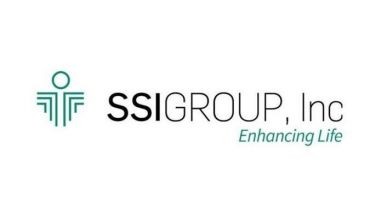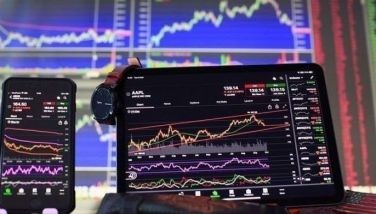Bank lending picks up, grows fastest in 2 years
MANILA, Philippines — The growth in loans disbursed by big banks accelerated to 12.2 percent in August, the fastest in more than two years, from 12 percent in July despite the series of rate hikes delivered by the Bangko Sentral ng Pilipinas (BSP) to quell inflation.
This was the fastest since the 12.7 percent recorded in April 2020.
Preliminary data released by the central bank showed that loans released by universal and big banks amounted to P10.33 trillion in end-August, P1.12 trillion higher than the P9.2 trillion recorded in the same period last year.
“The sustained expansion in credit activity and ample liquidity will continue to support the recovery of economic activity and domestic demand. Looking ahead, the BSP reiterates its commitment to ensure that liquidity and lending conditions remain in line with the BSP’s price and financial stability mandates,” the BSP said.
Loans extended to production activities went up by 11.5 percent to P9.08 trillion in August from P8.14 trillion in the same period last year and accounted 87.9 percent of the total loans disbursement.
The real estate sector posted a double-digit 13.9 percent growth to P2.09 trillion and accounted for 20.2 percent of the total disbursements followed by the manufacturing sector with a 15.9 percent increase to P1.21 trillion for a share of 11.7 percent.
Loans disbursed to the wholesale and retail trade, repair of motor vehicles and motorcycles sector grew by 9.7 percent to P1.18 trillion, while loans released to the electricity, gas, steam and air-conditioning supply sector went up by nine percent to P1.21 trillion.
According to the BSP, disbursements to households through consumer loans grew at a faster rate of 18.3 percent to P950.79 billion as of end-August.
Credit card loans jumped by 24.4 percent increase to P497.7 billion, while auto loans inched up by 2.7 percent growth to P324.53 billion.
Fitch Ratings earlier said credit growth in the Philippines may taper off in the second half amid the central bank’s ongoing tightening cycle to anchor inflation expectations.
In its non-rating action commentary titled “Philippine Banking Sector to Sustain Improving Profitability as Rate Rises,” the debt watcher said high inflation and the monetary policy response of the BSP are likely to dampen loan demand for the rest of the year.
“We expect credit growth to taper in the second half as demand is curbed by inflation and a 175-basis-point year-to-date increase in the policy rate,” Fitch said.
Including the 50-basis-point hike on Sept. 22, the BSP has so far raised interest rates by 225 basis points, bringing the overnight reverse repurchase rate to 4.25 percent from an all-time low of two percent.
Joyce Ong, lead analyst for the Service Financial Institutions Group at Moodys Investors Service, told reporters that the non-performing loan (NPL) ratio of Philippine banks already peaked at 4.5 percent last year.
“We think that it will continue to slowly go down over the next one to two years,” Ong said.
Latest data from the BSP showed the NPL ratio of Philippine banks dropped for a fifth straight month to hit a two-year low of 3.57 percent in July from 3.6 percent in June.
“But since then, with the reopening of the economy in the second half last year, we’ve seen a decline in NPL ratio because of the rebound of economic activities that really slow the whole formation of that loans,” Ong said.
Meanwhile, the BSP also reported a 6.8-percent rise in domestic liquidity to P15.4 trillion in end-August, slower than the seven percent expansion in July.
- Latest
- Trending





























